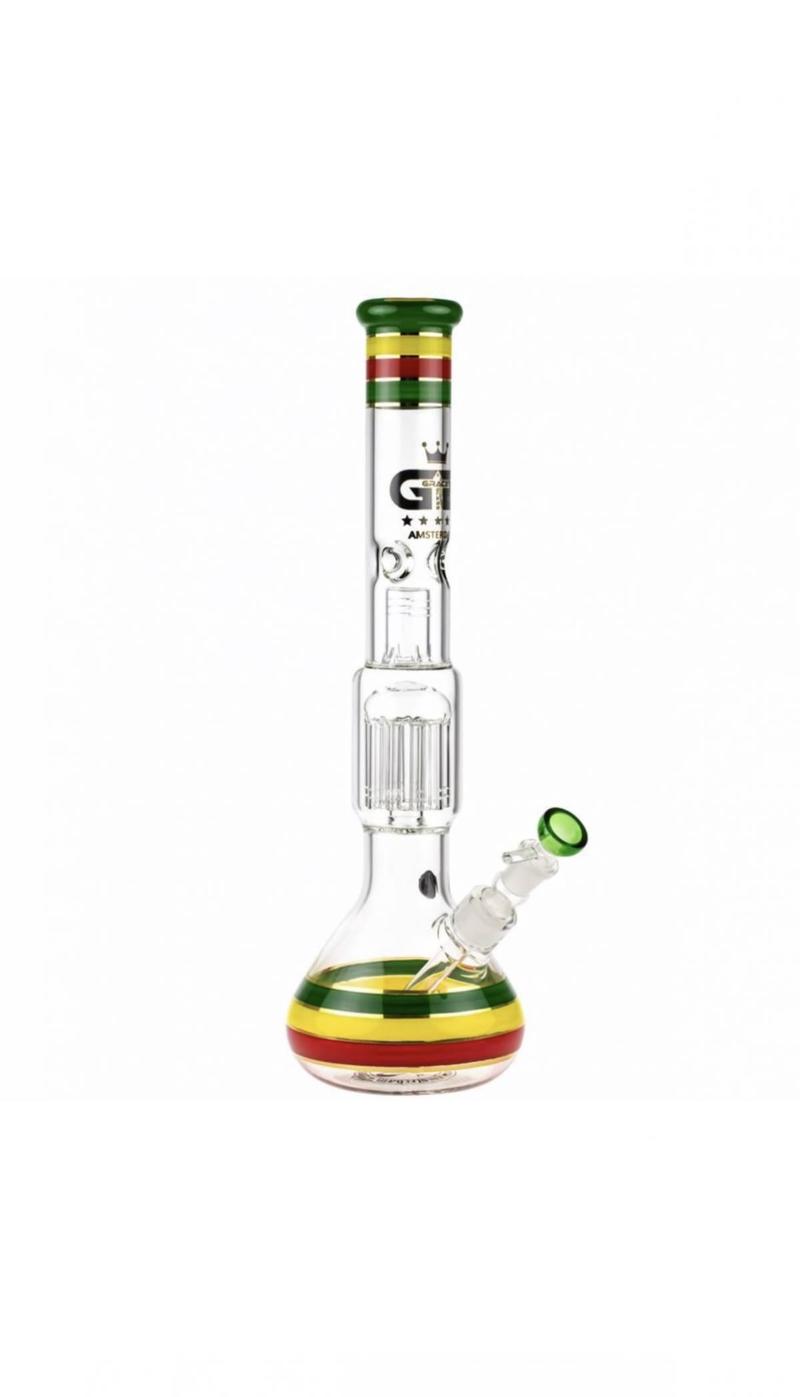Do Bongs Make Your Clothes Smell? Exploring the Impact of Water Pipes on Odor
Introduction to Bongs and Their Use
Bongs, also known as water pipes, have gained immense popularity among cannabis enthusiasts due to their ability to filter and cool smoke before it is inhaled. These devices come in various shapes and sizes, often made from glass, acrylic, or ceramic. The allure of bongs lies not only in their functionality but also in the experience they provide. However, one common concern among users is whether smoking from a bong leads to unwanted odors clinging to their clothes. This article delves into the mechanics of bongs, the nature of the odors they produce, and practical tips for minimizing any lingering scents.
The Mechanics of Bongs
Understanding how recommended work can help clarify why they might contribute to odors. Bongs operate by using water to filter smoke. When cannabis is combusted, the smoke rises through the water chamber, where it is cooled and partially filtered before reaching the user’s lungs. This process can remove some harmful substances, but it does not eliminate all odor-producing compounds. The primary culprits for the smell are terpenes, the aromatic compounds found in cannabis that contribute to its distinctive scent.
Odor Production and Its Sources
When cannabis is smoked, it releases a complex mixture of gases and particulates. Terpenes, along with other organic compounds, are responsible for the characteristic smell associated with cannabis. Even though bongs filter some of the particulate matter, the volatile terpenes can still escape into the air. When these compounds come into contact with surfaces, including clothing, they can leave a lingering scent that may be difficult to remove.
Factors Influencing Odor Transfer

Several factors can influence how much odor transfers to clothing when using a bong. These include the type of cannabis being smoked, the environment in which smoking occurs, and the user’s proximity to the smoke. For instance, more pungent strains of cannabis, often referred to as “loud” strains, can produce stronger odors. Additionally, smoking in enclosed spaces can exacerbate the problem, as the smoke has less room to dissipate and can settle on nearby surfaces, including clothes.
Minimizing Odor Transfer
Fortunately, there are several strategies that bong users can employ to minimize the smell that clings to their clothes. First and foremost, smoking in a well-ventilated area can significantly reduce the concentration of smoke in the air. Open windows or use fans to create airflow, helping the smoke to dissipate more quickly. Additionally, using air purifiers equipped with activated carbon filters can help capture some of the odor-causing compounds in the air.

Another effective method is to wear a designated smoking outfit. By reserving certain clothes for smoking sessions, users can avoid transferring the smell to their everyday attire. Choosing fabrics that are less prone to absorbing odors, such as synthetic materials, can also be beneficial. After smoking, it’s advisable to change out of these clothes and store them in a separate area to prevent the smell from spreading.
Cleaning Techniques for Odor Removal
If clothes do end up smelling like smoke, there are various cleaning techniques that can help eliminate the odor. Washing clothes with a combination of vinegar and baking soda can be particularly effective. Vinegar acts as a natural deodorizer, while baking soda helps to neutralize odors. Additionally, using a commercial odor-eliminating laundry detergent can provide extra cleaning power.
For garments that cannot be washed, such as jackets or suits, using fabric fresheners or sprays designed to neutralize odors can help. Hanging these items outside in fresh air and sunlight can also help to dissipate the smell. However, it’s essential to be cautious about prolonged exposure to sunlight, as it can fade colors and damage certain fabrics.
The Social Aspect of Using Bongs
Beyond the practical concerns of odor, the social aspect of using organic pipes cannot be overlooked. Many users enjoy the communal experience of sharing a bong with friends, often in social settings. However, the potential for clothes to smell like smoke can lead to discomfort or self-consciousness, especially in social situations where users may not want to draw attention to their cannabis use. Being mindful of the environment and employing the aforementioned strategies can enhance the enjoyment of the experience while minimizing the impact on personal odor.
Conclusion: Embracing the Experience
In conclusion, while bongs can indeed lead to clothes smelling like smoke, there are numerous strategies that users can implement to mitigate this issue. Understanding the mechanics of bongs and the nature of the odors produced is crucial for any cannabis enthusiast. By taking proactive steps to minimize odor transfer and employing effective cleaning techniques, users can enjoy their smoking experience without the worry of lingering scents. Ultimately, the key is to embrace the experience while being mindful of personal and social implications, allowing for a more enjoyable and considerate use of bongs.